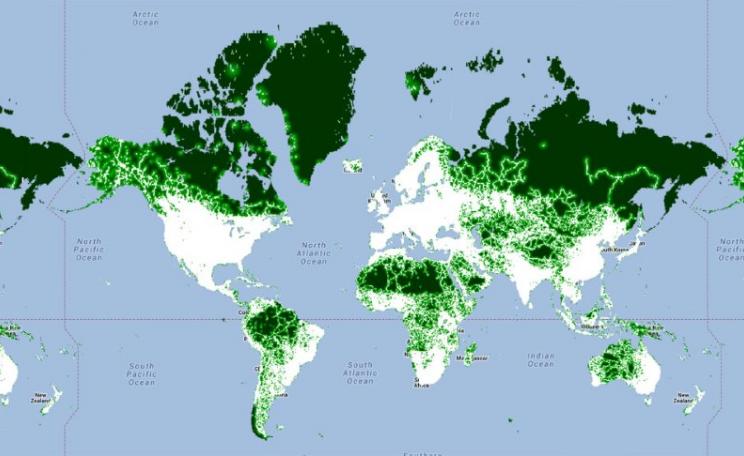The worst-hit regions would be southern and south central Europe, which would bear 70% of the burden. Northern Europe would experience the lowest.
Inaction over climate change costs lives. And in the case of European inaction, it is estimated that this could one day cost 200,000 lives a year.
That is the warning in a new European Commission (EC) study, which also says that failing to take the necessary action could burn 8,000 square kilometres of forest, and commit European taxpayers to at least €190 billion (US$259 bn) a year in economic losses.
Flood damage, too, could exceed €10bn a year by 2080, while the number of people affected by droughts could increase sevenfold, and coastal damage from sea level rise could treble.
Connie Hedegaard, the EC's Commissioner for Climate Action, responded: "No action is clearly the most expensive solution of all.
"Why pay for the damages when we can invest in reducing our climate impacts and becoming a competitive low-carbon economy?"
The consequences of unconstrained warming
The study weighs the bleak consequences of inaction. Scientists considered what would happen if the politicians and players on the continent worked with international partners to constrain global warming to a 2°C rise, or alternatively took no action and allowed global temperatures to soar to 3.5°C.
They analysed the impact of climate change in agriculture, river floods, coasts, tourism, energy, droughts, forest fires, transport infrastructure and human health.
All involved in the research emphasised that their projections were conservative - that is, they could well be underestimates - and imagined a planet 60 years from now that was occupied by its present population, at its present state of economic growth. In a more populated, more developed world, the losses would be hugely greater.
The biggest and most obvious cost was to human health: premature death - from heat stress or other climate-related impacts - would account for €120 billion; coastal losses would claim €42 billion and agriculture €18bn.
The worst-hit regions would be southern and south central Europe, which would bear 70% of the burden. Northern Europe would experience the lowest.
Even if we limit warming to 2C, the future will be no picnic
If the world keeps temperature rise to the current international target of 2°C, there will still be huge costs, but the constraint would knock at least €60 billion off the overall bill. It would save lives too, reducing the notional premature death toll by 23,000, and would burn only about 4,000 square kilometres of forest.
Calculations such as these - which are aids to political and economic planners, and intended to spur forthcoming political action - are uncheckable, but they are also almost certainly underestimates.
They take no account of losses of, for example, biodiversity, on which it is impossible to place a value, and they do not include the consequences of catastrophic tipping points, such as the melting of Arctic ice.
But Hedegaard insists that Europe, and the world, must act: "Taking action and taking a decision on the 2030 climate and energy framework in October will bring us just there, and make Europe ready for the fight against climate change."
Tim Radford writes for Climate News Network.







